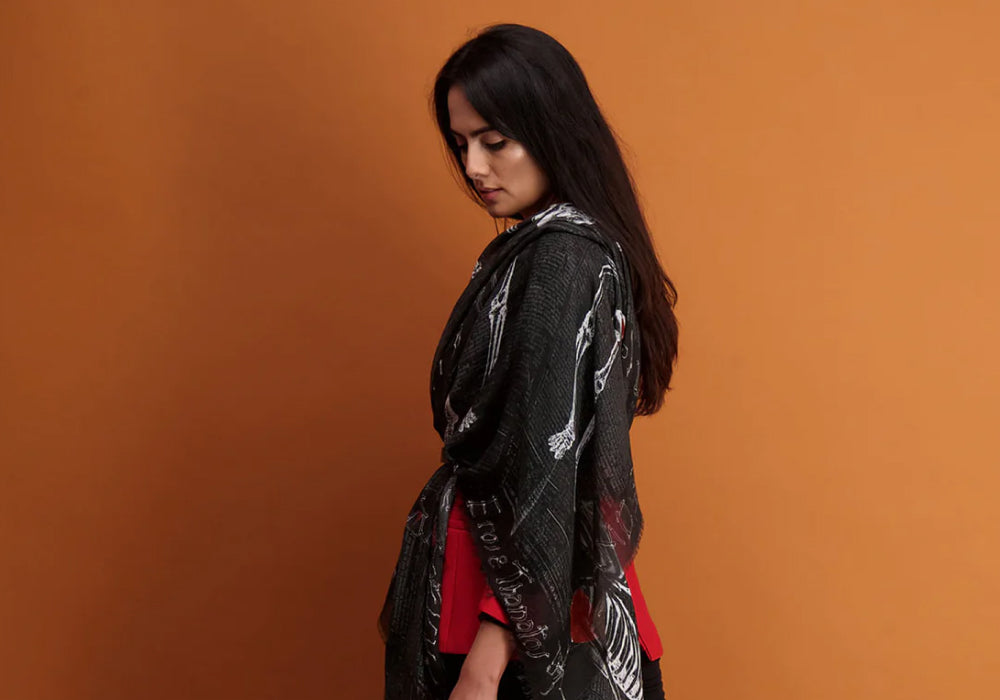
The Evolution of Luxury Clothing: From Historical Significance to Modern-Day Trends
Contrary to popular belief that luxury clothing is a new and modern concept created by famous brands and fashion houses, it has a far older and fascinating history with a lengthy heritage. It has directly impacted the development of culture, social values, skills, and the economy. In this article, we will unveil the fantastic journey that luxury clothing has undergone before becoming the beloved concept we know today.
Aristocracy
There has been a demand for clothing that conveys prestige, rank, and wealth ever since humans transitioned from living in caves to settling in homes and establishing civilizations.
- High society and the nobility wore outfits with precious stones and embroidery, even in ancient Greece.
- By observing a person's appearance, people could discern their social class, region of origin, and the extent of their wealth.
- Wearing luxurious clothes, they were granted access to places where entrance was permanently closed to most people.
Medieval period

Royal medieval courts became centers of fashion, and the concept of 'designer clothes' began to take shape. It became common to seek out specific artisans who could create distinctive wardrobe items. Sometimes, it could take months to complete a single outfit, during which the consumer eagerly anticipated their new attire.
Age of Enlightenment
It was associated with significant changes in fashion. While Philipp Plein's occasionally eccentric outfits were still a long way off, clothing became more functional. Many individuals from high society sought to emphasize their individuality with rather bold products. Additionally, the evolution of luxury clothing was influenced by:
- Change of worldview.
- Development of the textile trade.
- Production of a large number and variety of materials.
- The production of clothes has become simpler and more mass, so the need for uniqueness has increased.
- People began to follow fashion trends more.
- Women began to play an active role in society.
Industrialization
- This period influenced the emergence of designer clothing. Mass production led to many people wearing similar types of clothes, which, in turn, increased the desire for individuality.
- Artisans who crafted exclusive outfits with non-standard designs using luxurious fabrics, embroidery, and stones became even more highly valued than before.
- There were separate fashions for different segments of society, making it increasingly challenging to emphasize one's status.
The fashion houses of Chanel, Louis Vuitton, and Hermès established themselves as authorities in high-end clothing and accessories, becoming the go-to brands for those seeking status symbols.
Golden age of fashion
In the 20th century, many factors influenced the popularity of designer clothing:
- The development of the industry is a large selection of fabrics, and new technologies have allowed designers to create something special.
- The end of wars influenced people's desire to live better to enjoy peaceful times.
- Culture and cinema made a significant contribution to the development of luxury clothing.
- The demand for designer clothes provoked the emergence of fashion houses, famous designers, and brands.
- Economic development contributed to an increase in the number of wealthy people.
In terms of design, clothing should not only be made from expensive materials and follow distinctive patterns but also stand out for its eccentricity and originality. As a result, companies like Philipp Plein, which embraced a more rebellious approach, began to emerge.
Modern Tendencies

Luxury apparel continues to evolve in the present day. More than ever, it represents the pinnacle of wealth and distinction. Most brand concepts emphasize creating a unique look for each customer, introducing innovative technology, and utilizing rare materials. Considerable attention is also given to environmental friendliness and adaptation to contemporary requirements. Designer clothing significantly influences culture and a global audience, thanks to the growth of commercial relations. Modern consumers seek the finest quality, exclusivity, uniqueness, and the preservation of historical values. Therefore, brands are returning to the origins of craftsmanship, traditions of cutting and sewing, material manufacturing and processing, handicrafts, and implementing advancements.
Evolution shows that luxury clothing has played a significant role in all eras of civilized mankind's existence - from ancient times to the present. As before, it significantly influences perception, society, the economy, culture, reputation, and even serves as a status symbol and a source of inspiration. Brands and fashion houses are continually evolving, adapting their collections to new requirements, utilizing unique designs and exclusive materials, and striving for perfection. Thanks to such dynamic efforts, we can enjoy wearing high-quality, comfortable designer clothing that expresses our aspirations, emphasizes individuality and prestige, boosts confidence, and leaves a positive impression on others.





Leave a comment
This site is protected by hCaptcha and the hCaptcha Privacy Policy and Terms of Service apply.